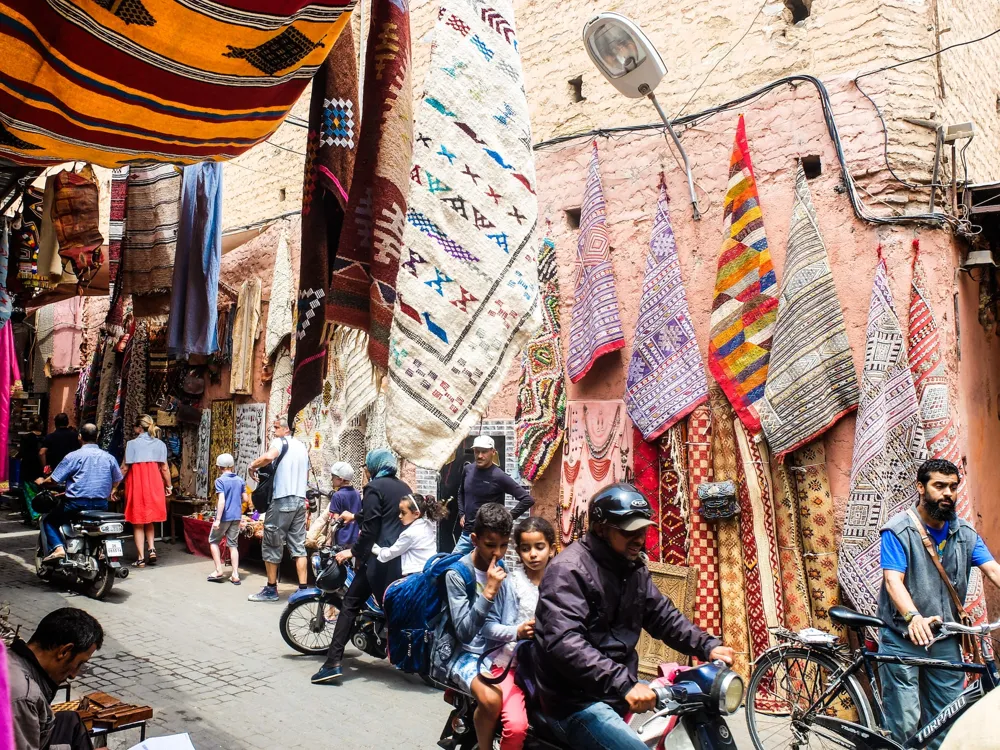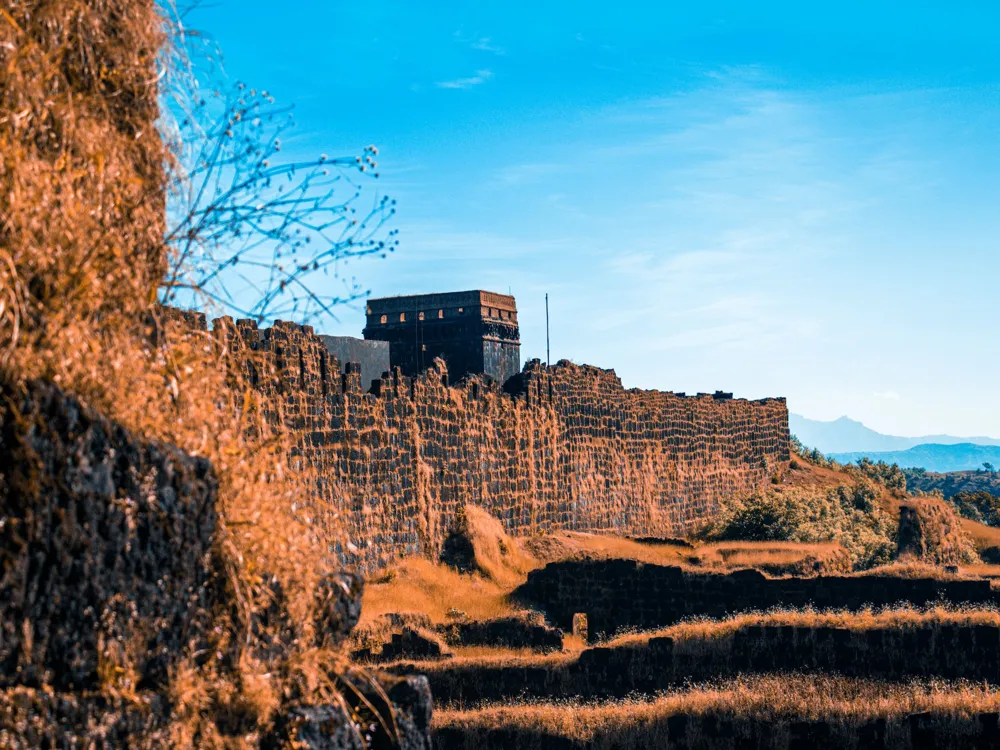The Shri Mahalaxmi Temple, nestled in the heart of Panaji, Goa, is a beacon of spiritual serenity and cultural heritage. This revered temple, dedicated to Goddess Mahalaxmi, the deity of wealth and prosperity, stands as a testament to the rich religious tapestry of Goa. The temple's origins trace back centuries, embodying the essence of devotion and tranquility amidst the bustling city life. As the primary goddess of the Panaji community, Mahalaxmi's presence in this temple holds immense significance for locals and tourists alike, drawing thousands of visitors each year to seek blessings and experience the divine atmosphere. The temple's history is deeply interwoven with the socio-cultural evolution of Goa. Originally established to serve the spiritual needs of the local community, it has grown in prominence, attracting devotees from all walks of life. The temple's architecture, rituals, and festivals reflect a unique blend of Goan culture, harmoniously integrating elements from different religious and cultural backgrounds. The annual celebrations and ceremonies at the Shri Mahalaxmi Temple are not just religious events but also serve as a vibrant showcase of Goan heritage and communal harmony. The architecture of Shri Mahalaxmi Temple is a splendid example of traditional Goan temple design, infused with elements of both Indian and Portuguese architectural styles. The temple's structure is a harmonious blend of elegance and simplicity, reflecting the spiritual gravitas of the deity it houses. The main sanctum, adorned with intricate carvings and ornate decorations, houses the idol of Goddess Mahalaxmi, radiating a sense of divine presence. The temple's design incorporates various symbolic elements, each reflecting a facet of the goddess's persona. The main dome, towering over the sanctum, is an architectural marvel, symbolizing the celestial abode of the deity. The temple's pillars, corridors, and halls are adorned with carvings and paintings depicting scenes from Hindu mythology, each telling a story of moral and spiritual significance. The use of local materials and traditional construction techniques adds to the temple's cultural authenticity, making it a living piece of Goa's architectural heritage. Visitors to the Shri Mahalaxmi Temple should adhere to a modest dress code, reflecting respect for the temple's sanctity. Traditional Indian attire is recommended, though not mandatory. It is advisable to maintain a quiet and composed demeanor within the temple premises, to preserve the atmosphere of devotion and peace. While photography may be allowed in certain areas of the temple, it is prohibited inside the main sanctum. Visitors are encouraged to inquire with temple authorities about specific photography guidelines to respect the sanctity of the temple and the privacy of other devotees. The temple's festivals are a vibrant and integral part of the visitor experience. Guests are welcome to participate in these events, but are advised to be mindful of local customs and rituals. Engaging with local guides or temple authorities for information on festival protocols can enhance the experience. The Shri Mahalaxmi Temple is easily accessible from various parts of Goa. The nearest airport is the Dabolim Airport, from where one can hire taxis or use public transportation to reach Panaji. Once in Panaji, the temple is a short drive or walk from most central locations. For those preferring public transport, Panaji offers a network of buses and auto-rickshaws that provide convenient access to the temple.Overview of Shri Mahalaxmi Temple, Panaji, Goa
Architecture of Shri Mahalaxmi Temple
Tips When Visiting Shri Mahalaxmi Temple
Dress Code and Conduct
Photography Guidelines
Festival Participation
How To Reach Shri Mahalaxmi Temple
Shri Mahalaxmi Temple
Panaji
Goa
NaN onwards
View goa Packages
Weather :
Tags : Temple
Parking : Parking area is available within the premise of the temple
Planning a Trip? Ask Your Question
Goa Travel Packages
View All Packages For Goa
Top Hotel Collections for Goa

Private Pool

Luxury Hotels

5-Star Hotels

Pet Friendly
Top Hotels Near Goa
Other Top Ranking Places In Goa
View All Places To Visit In goa
View goa Packages
Weather :
Tags : Temple
Parking : Parking area is available within the premise of the temple
Planning a Trip? Ask Your Question
Goa Travel Packages
View All Packages For Goa
Top Hotel Collections for Goa

Private Pool

Luxury Hotels

5-Star Hotels

Pet Friendly






















